How to Apply with a Voluntary Redundancy Letter Template
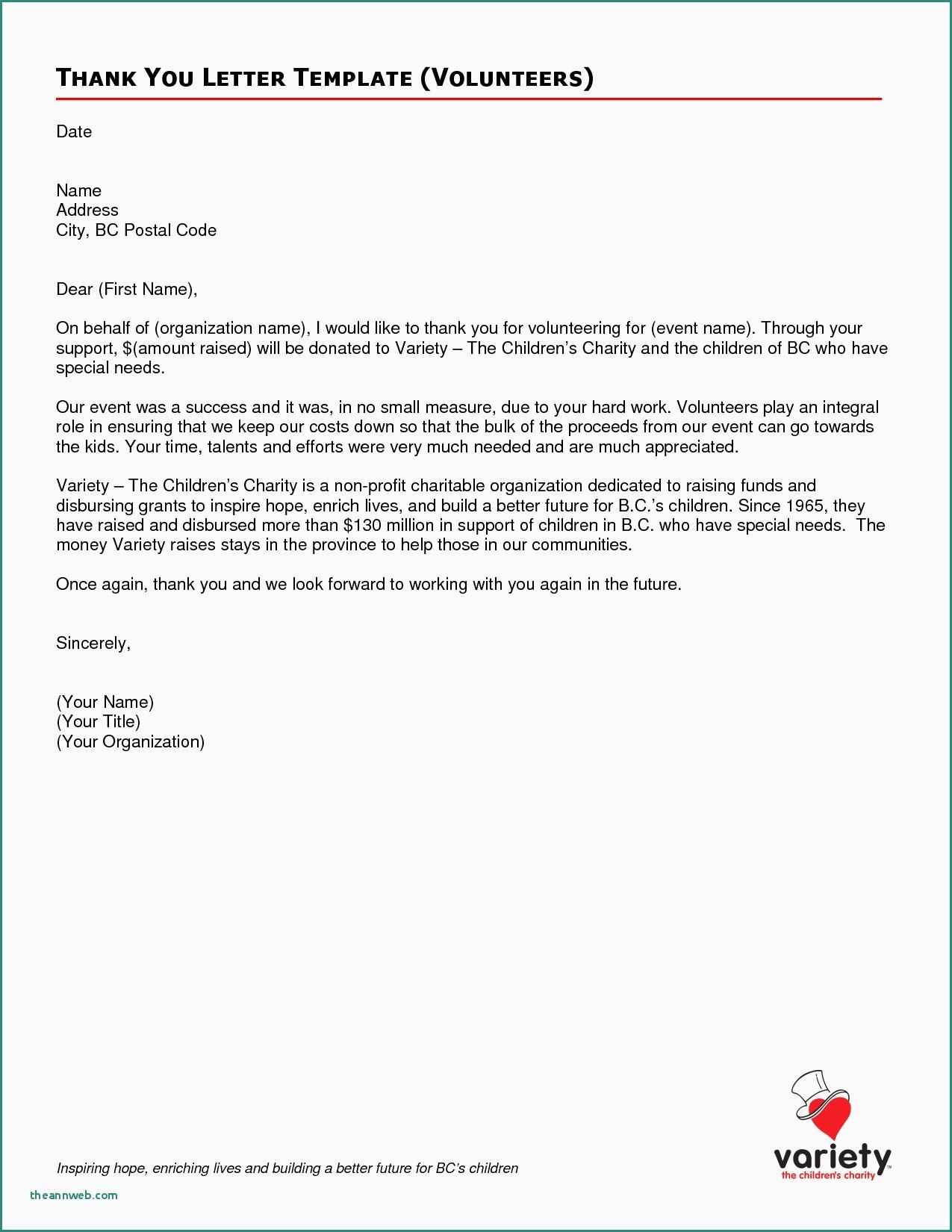
When facing a job separation, crafting a formal request can often seem like a daunting task. Whether you’re looking to voluntarily step away or seeking a mutual agreement with your employer, presenting your decision clearly and professionally is essential for a smooth transition. This section explores the key aspects of drafting an effective document to initiate this process, ensuring it conveys your intent while maintaining professionalism.
Understanding the right structure and tone is crucial in making your request stand out for all the right reasons. A well-crafted submission not only reflects your intentions but also helps set the stage for a positive outcome. By focusing on clarity and completeness, you can confidently approach the situation, whether you’re navigating a corporate downsizing or simply seeking a change in career direction.
In the following sections, we will guide you through the necessary steps, providing useful advice on how to write a compelling request. The goal is to ensure your submission is not only clear and concise but also aligned with professional standards.
What is Voluntary Redundancy?
In some situations, employees are given the option to leave their current positions as part of a formal process initiated by the employer. This process typically offers certain benefits and is usually carried out on a voluntary basis, meaning workers are not forced to accept the offer. It’s a way for businesses to reduce their workforce without resorting to involuntary layoffs. Understanding how this process works is crucial for anyone considering such a move.
During this process, individuals can choose to leave their job in exchange for a financial package or other benefits offered by the employer. The decision to part ways is usually mutual, with the company looking to downsize or restructure, while the employee might seek a new career opportunity or a more favorable personal situation.
The key features of this process often include:
- Financial compensation, such as severance pay or a lump sum payment.
- Possible access to continued benefits, like health insurance or retirement packages.
- Negotiated exit terms that might include flexible departure dates or career support services.
While this opportunity is typically voluntary, it’s essential for those considering it to understand both the potential advantages and drawbacks. Some may find it a favorable option, while others might prefer to stay in their current position. We will discuss these factors further in the next section.
Understanding the Basics and Process
When a company undergoes a restructuring or seeks to reduce its workforce, it may offer employees a chance to leave their position voluntarily. This initiative is often aimed at streamlining operations and providing employees with a structured opportunity to exit while receiving certain benefits. It’s important to grasp how the process works, the terms involved, and how to navigate this decision if you choose to participate.
The process typically begins with the employer providing clear guidelines on the conditions under which workers can opt to leave. These conditions might include a financial package, career transition support, or other perks. The goal is to make the transition as smooth as possible for both parties. Employees, in turn, are expected to submit a formal request to express their interest in exiting the organization under the terms provided.
Key steps in this process include:
- Receiving an official offer or notification from the employer outlining the conditions.
- Reviewing the available benefits and ensuring they meet personal or financial needs.
- Submitting a formal request or notification expressing your intention to leave under the offered terms.
- Finalizing exit arrangements with the employer, including a departure date and any necessary paperwork.
It’s crucial to carefully consider all aspects of the offer, including the long-term financial implications and whether this aligns with your career or personal goals. Understanding the fundamentals will help you make an informed decision and approach the situation with confidence.
Reasons to Apply for Redundancy
There are various reasons why employees may choose to part ways with their employer through a formal agreement, especially when presented with an offer of compensation. Some individuals see it as an opportunity to make a fresh start, while others may be seeking financial security or a change in lifestyle. Understanding the motivations behind such decisions can help clarify whether this option is right for you.
One of the most common reasons is the desire to pursue other career opportunities. Some individuals might feel stagnant in their current role and see this as a chance to explore new industries or improve their work-life balance. Others may want to start a new business or take a break from their professional life to focus on personal goals or hobbies.
Another factor that may influence the decision is financial compensation. Employers often offer packages that include severance pay or other benefits, which can provide a financial cushion during the transition period. This may be particularly attractive to those who are planning to retire or take an extended time off.
In some cases, the decision may be driven by circumstances at the company. Organizational changes, restructuring, or downsizing might make the work environment less favorable. Choosing to leave voluntarily can allow individuals to avoid the uncertainty of being let go involuntarily.
Ultimately, the decision is highly personal and depends on a range of individual and professional factors. Weighing the pros and cons carefully can help determine if this is the right path for you at this point in your career.
Evaluating the Pros and Cons
Before making the decision to leave your current role, it’s essential to weigh both the benefits and drawbacks. Understanding the full scope of what’s involved can help you make a more informed choice. While there are undeniable advantages, there are also potential risks that need to be carefully considered.
Advantages of Leaving Your Job
One of the main benefits of choosing this path is the financial package that might accompany the decision. Many employers offer attractive compensation or severance, which can provide a significant cushion during the transition period. This could be particularly appealing if you are looking to take a break or focus on personal goals.
Additionally, leaving voluntarily can give you more control over the process, allowing you to decide when and how to exit the organization. This often leads to a smoother transition and reduces the stress associated with involuntary job separations.
Disadvantages to Consider
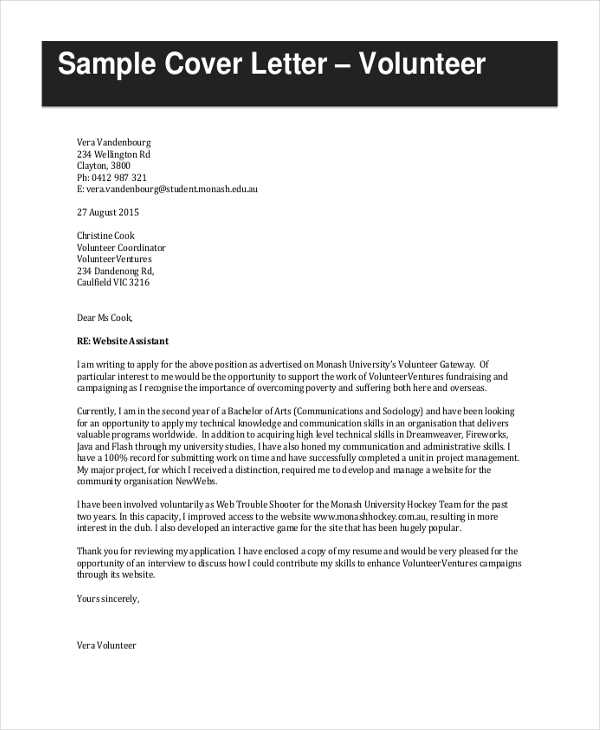
On the flip side, one of the main challenges of leaving your position voluntarily is the uncertainty of what lies ahead. While the financial package may be appealing, it might not be enough to cover long-term expenses, especially if you’re unsure about future job prospects.
Another potential downside is the emotional and professional impact of leaving a stable role. Even with the opportunity to pursue new ventures, the transition can be challenging, and you might experience feelings of loss or doubt during the process. It’s important to consider how this change might affect your career trajectory and overall well-being.
Ultimately, a careful assessment of the pros and cons will help you decide if this is the right move based on your current goals and situation.
How to Write Your Redundancy Letter
When deciding to leave your job, it’s essential to communicate your intentions clearly and professionally. A well-crafted document is crucial in ensuring the process runs smoothly and demonstrates your seriousness. Knowing how to structure and present your request can help avoid confusion and make your transition as seamless as possible.
Key Elements to Include

First and foremost, start by clearly stating your decision to leave. It’s important to be direct yet polite, ensuring that the company understands your intent without ambiguity. Along with this, you should express gratitude for the opportunities you’ve had during your time with the organization, which helps maintain a positive tone.
Next, provide any required details, such as your preferred exit date or any conditions outlined by the employer. Make sure to mention whether you accept any offered compensation or benefits, and if applicable, outline how you wish to proceed with the transition, such as assisting in training a replacement or completing outstanding tasks.
Tips for a Professional Approach
Keep your language formal but respectful. Avoid emotional or personal language that could detract from the professionalism of the communication. Stay focused on the facts, and ensure that all necessary details are provided in a concise manner.
Finally, remember to express your willingness to cooperate with the company’s needs during the transition phase. This demonstrates that you are committed to ensuring a smooth handover, which can leave a lasting positive impression.
Structure and Key Information to Include
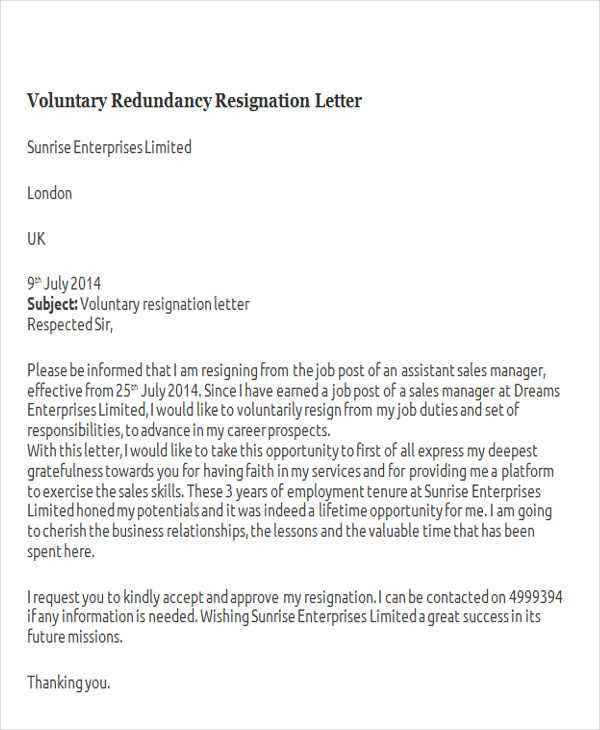
When drafting your formal request to leave, it’s important to ensure that the document is well-structured and contains all the necessary details. A clear and organized approach will help both you and the company navigate the process efficiently. The document should be concise, yet cover all the essential points required to make the decision official and professional.
Essential Components to Address
Your document should include the following key elements:
| Section | Details to Include |
|---|---|
| Introduction | State your decision to leave, along with the date of the request. |
| Gratitude | Express appreciation for the opportunities and experiences during your time with the company. |
| Exit Terms | Provide any details regarding the exit date, compensation, or other arrangements, if applicable. |
| Transition Plan | Outline your willingness to assist in a smooth transition, such as training a replacement. |
| Closing | Reaffirm your gratitude and willingness to cooperate, followed by a professional sign-off. |
Maintaining Professional Tone
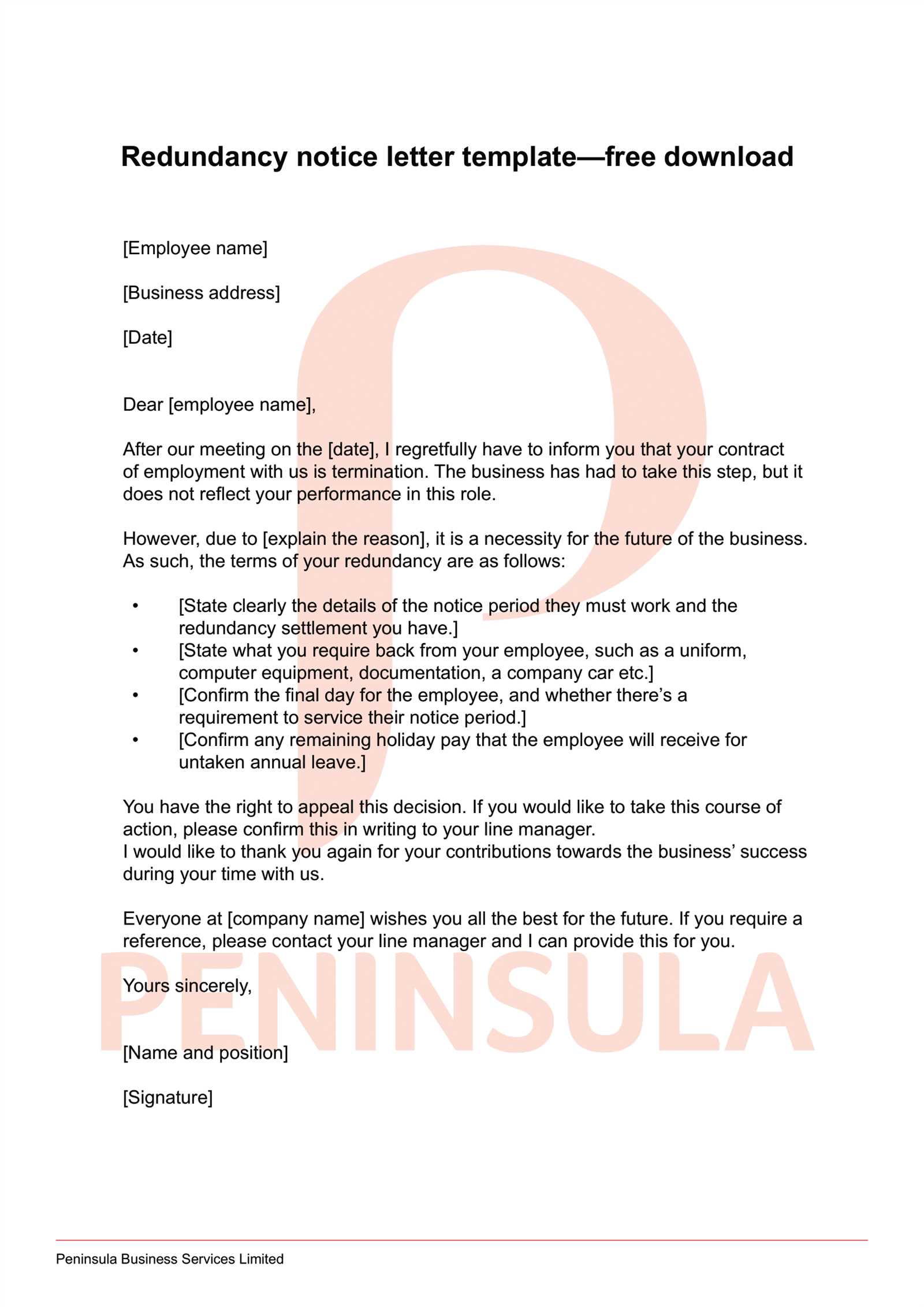
While it’s important to convey the necessary information, the tone should remain professional and courteous throughout. Avoid using overly personal language and focus on the facts, ensuring that your intentions are clearly understood. A well-written request helps ensure that the process is smooth for both parties involved.
Common Pitfalls in Redundancy Applications
When deciding to leave your job through an official process, it’s essential to be aware of potential mistakes that could delay or complicate your exit. Avoiding common errors can help ensure that the process goes smoothly and that both you and your employer are on the same page. Recognizing these pitfalls beforehand will help you navigate the situation more effectively.
Some frequent missteps include:
- Vague or Ambiguous Language: Not clearly stating your intentions can lead to confusion. Make sure your request is direct and specific about your decision and preferred terms.
- Not Understanding the Terms: Failing to fully review the benefits, compensation, and other terms offered can result in missed opportunities or misunderstandings.
- Improper Timing: Submitting your request too early or too late may create complications. Ensure that you’re aware of the appropriate time frame for submitting your decision.
- Overlooking Required Information: Missing critical details, such as your exit date or transition plans, can create unnecessary delays in processing your request.
- Unprofessional Tone: It’s crucial to maintain a polite and respectful tone throughout your communication. A negative or emotional approach can tarnish your relationship with the employer.
By being mindful of these issues and taking the time to craft a well-considered, clear request, you can avoid common mistakes and make the entire process much smoother for both yourself and your employer.
Avoiding Mistakes in Your Letter
When submitting a formal request to leave your role, it’s crucial to avoid certain errors that could undermine your message or cause unnecessary complications. Small mistakes can lead to misunderstandings, delays, or even a negative impression with your employer. Taking a thoughtful and careful approach ensures that your request is clear, professional, and effective.
Clarity and Precision
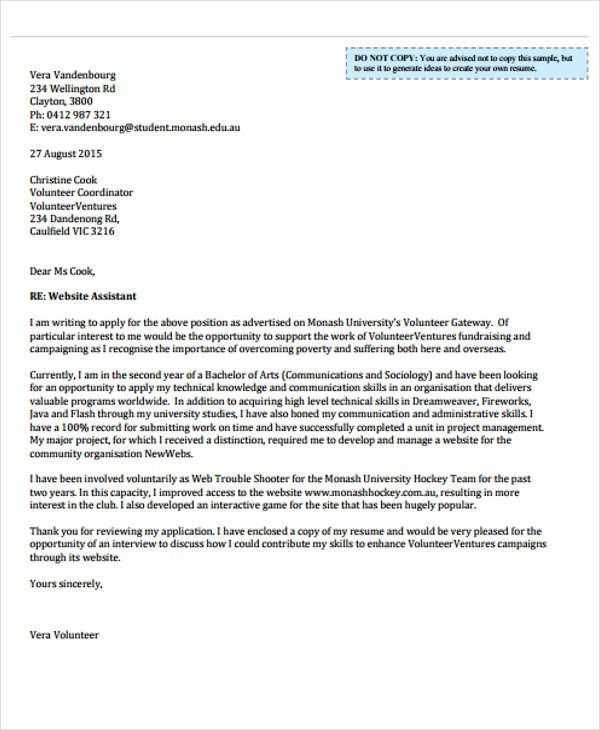
One of the most important factors in your communication is clarity. Avoid vague language or ambiguous phrases that could lead to confusion. Be specific about your intentions, including the date you wish to leave and any terms you’ve agreed upon. The more precise your language, the easier it will be for your employer to process your request and move forward.
Professionalism and Tone
Maintaining a professional and respectful tone is essential. Refrain from using negative or emotional language, as this can create tension or come across as unprofessional. Even if you are leaving due to dissatisfaction, it’s important to remain polite and appreciative of the opportunities you’ve had. This helps maintain a positive relationship, which can be valuable for future references or job opportunities.
By focusing on clear, concise, and respectful communication, you can avoid common pitfalls and ensure your decision is communicated effectively.